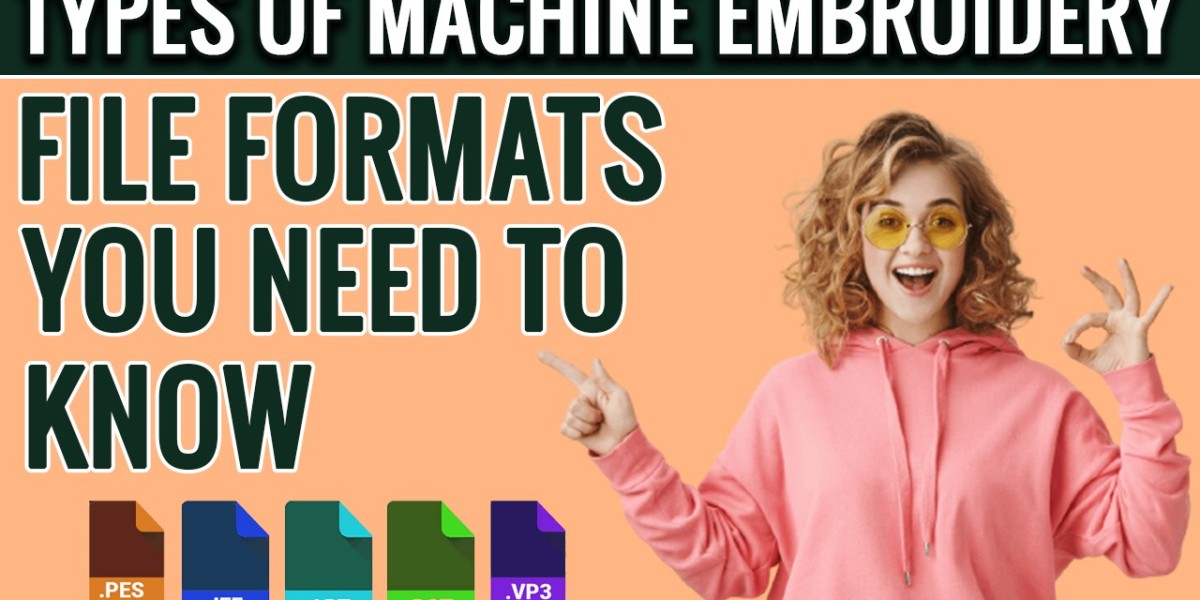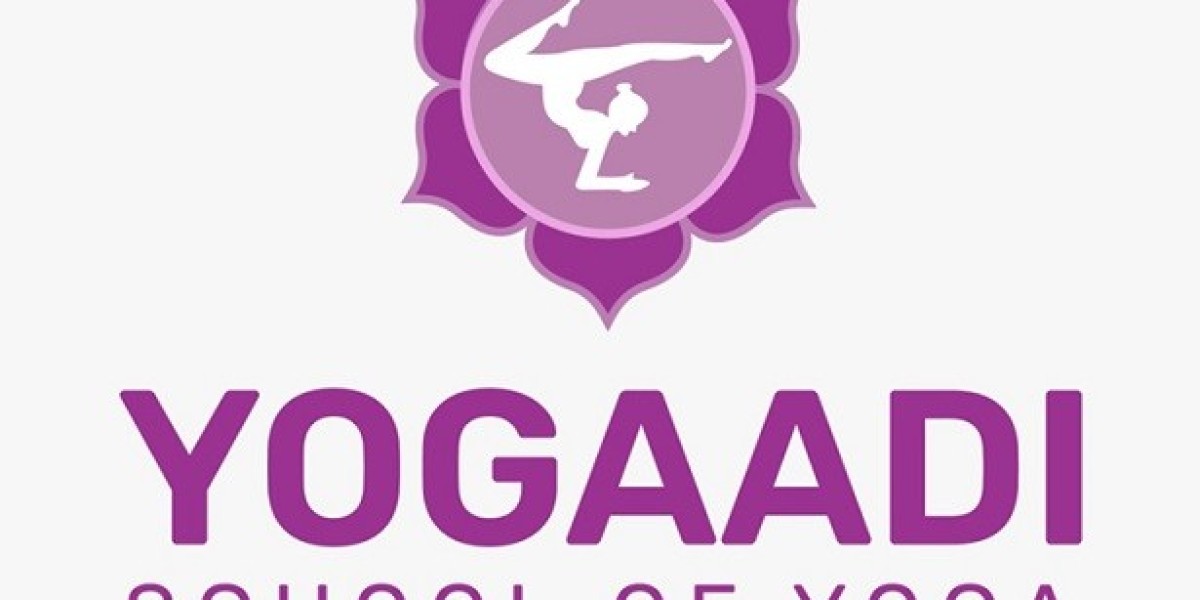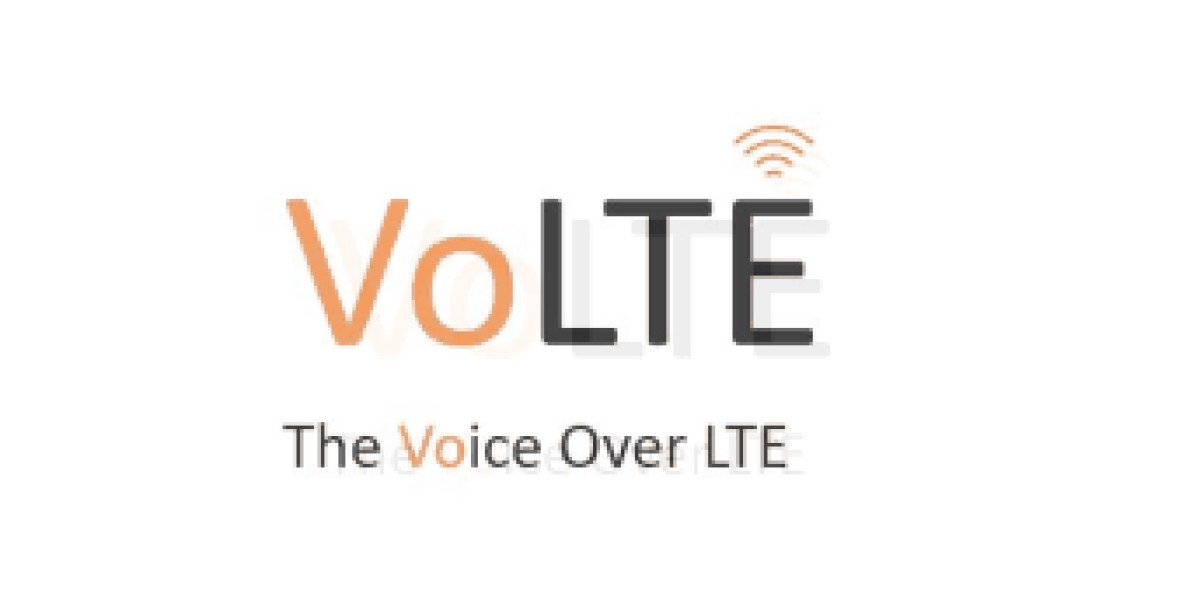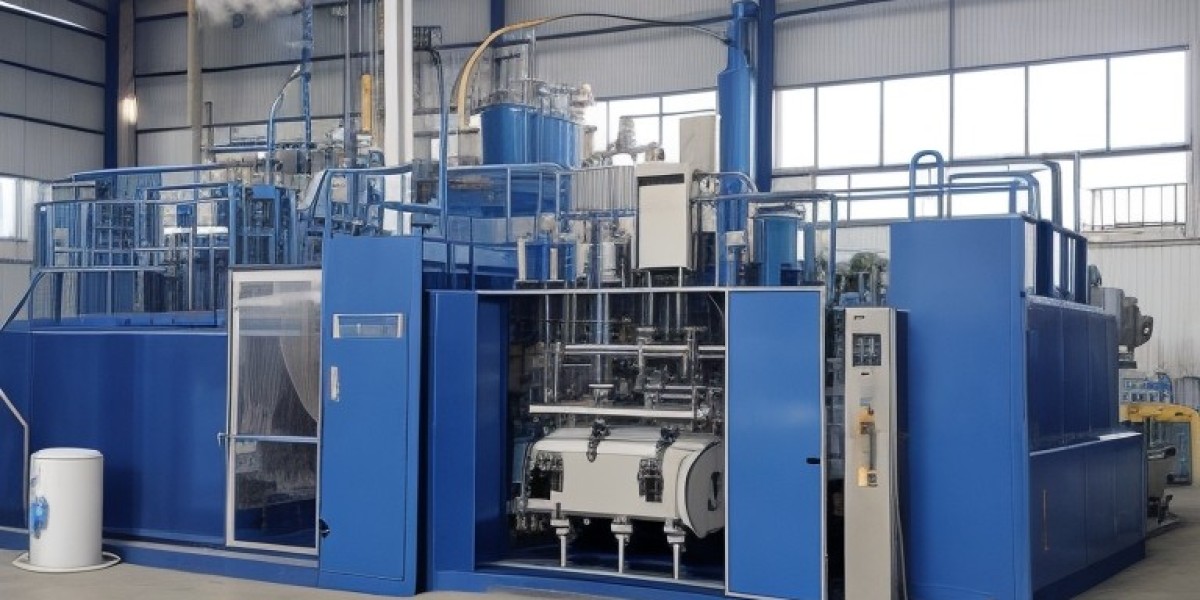Machine embroidery has revolutionized the way we embellish fabrics and garments, allowing for intricate designs and patterns to be stitched with precision and ease. Central to the embroidery process are machine embroidery file formats, which determine how designs are stored and communicated between embroidery machines and software. In this comprehensive guide, we'll explore the types of machine embroidery file formats you need to understand to master the art of digitizing and stitching embroidery designs.
Importance of Machine Embroidery File Formats
Machine embroidery file formats serve as the language that embroidery machines understand. They dictate how designs are interpreted and stitched, ensuring accuracy and consistency in the final result. Understanding different file formats is crucial for compatibility between embroidery software and machines, as well as for sharing and exchanging designs with other embroiderers. By familiarizing yourself with the various file formats, you can optimize your workflow and achieve superior stitching results.
Common Machine Embroidery File Formats
DST (Data Stitch Tajima): DST is one of the most widely used embroidery file formats, compatible with most commercial embroidery machines. It stores design data in a vector-based format, specifying the coordinates, stitch types, and color information for each element of the design. DST files are ideal for professional embroiderers and commercial digitizing embroidery businesses due to their reliability and compatibility with industrial machines.
EXP (Melco Expanded): EXP is another popular embroidery file format commonly used with Melco embroidery machines. Like DST, EXP files contain vector-based design data and support multiple stitch types and color information. EXP files are compatible with a wide range of embroidery software and machines, making them a versatile choice for embroiderers.
PES (Brother Embroidery Format): PES is the native file format used by Brother embroidery machines. It stores design data in a proprietary format specific to Brother machines, including stitch data, color information, and design properties. PES files are compatible with most Brother embroidery software and machines, making them an essential file format for Brother embroiderers.
JEF (Janome Embroidery Format): JEF is the native file format used by Janome embroidery machines. Similar to PES, JEF files store design data in a proprietary format specific to Janome machines, including stitch data, color information, and design properties. JEF files are compatible with most Janome embroidery software and machines, making them a popular choice for Janome embroiderers.
VP3 (Husqvarna Viking): VP3 is the native file format used by Husqvarna Viking embroidery machines. It stores design data in a proprietary format specific to Husqvarna Viking machines, including stitch data, color information, and design properties. VP3 files are compatible with most Husqvarna Viking embroidery software and machines, making them an essential file format for Husqvarna Viking embroiderers.
Specialized Machine Embroidery File Formats
In addition to the common file formats mentioned above, there are also specialized machine embroidery file formats designed for specific purposes or software platforms. These include:
ART (Bernina Embroidery Format): ART is the native file format used by Bernina embroidery machines. It stores design data in a proprietary format specific to Bernina machines, including stitch data, color information, and design properties.
XXX (Singer Embroidery Format): XXX is the native file format used by Singer embroidery machines. It stores design data in a proprietary format specific to Singer machines, including stitch data, color information, and design properties.
PEC (Brother Embroidery Format): PEC is a variant of the PES file format used by some Brother embroidery machines. It stores design data in a proprietary format specific to certain Brother models, including stitch data, color information, and design properties.
Online Embroidery Digitizing Services
In the realm of online embroidery digitizing, services like ZDigitizing offer a convenient solution for outsourcing digitizing needs. With expertise in logo digitizing, 3D puff digitizing, cap digitizing, and applique digitizing, ZDigitizing ensures high-quality and precise embroidery designs tailored to the unique requirements of businesses and individuals.
Conclusion
Machine embroidery file formats are the backbone of the embroidery process, determining how designs are stored, interpreted, and stitched by embroidery machines. By understanding the different types of file formats and their compatibility with embroidery software and machines, embroiderers can optimize their workflow and achieve superior stitching results. Whether you're a professional embroiderer or a hobbyist, mastering machine embroidery file formats is essential for success in the world of embroidery.








